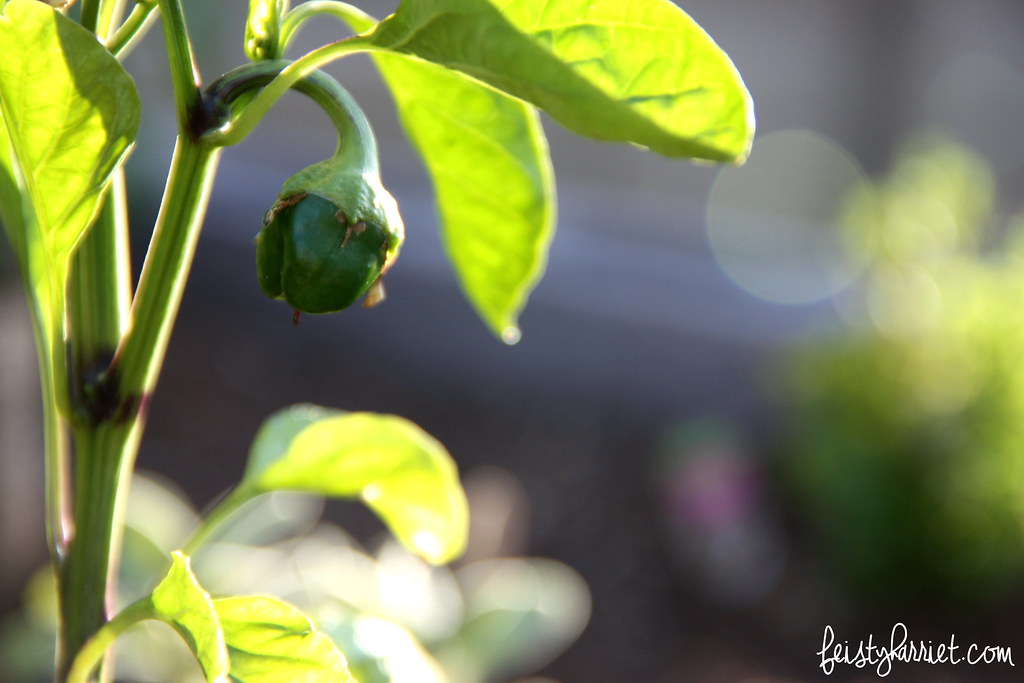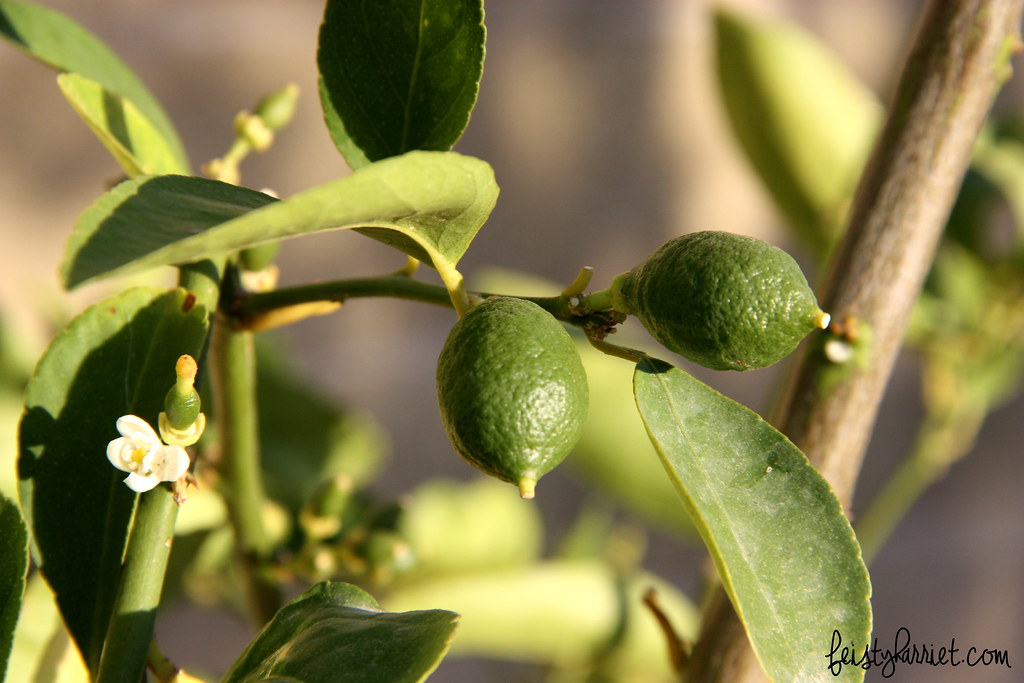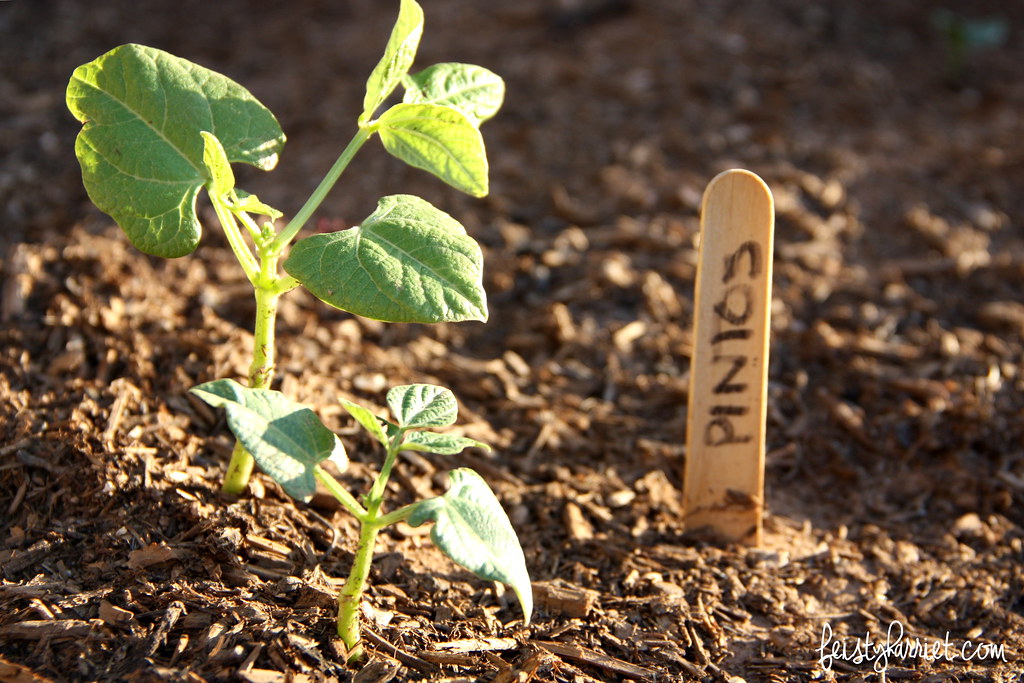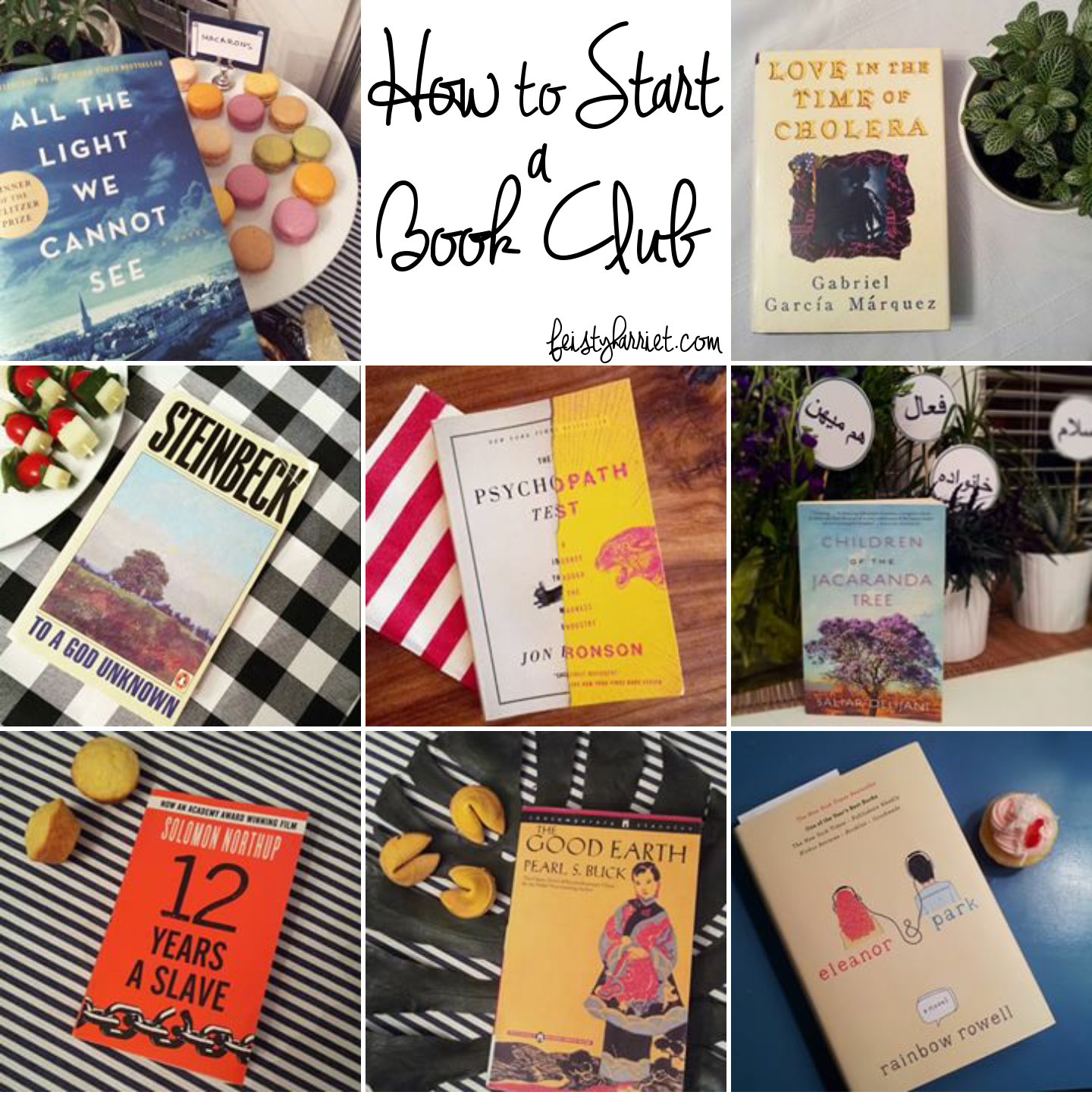I have a literary crush on F. Scott Fitzgerald, but for the last couple of years I have wanted to know a lot more about his wife Zelda, their actual relationship, and what really went on during their golden Jazz Age. I’m slowly making my way through Fitzgerald’s novels, and have read a couple of different biographies on Zelda. This latest batch of reading, I feel, gave me a lot more insight into the famous couple, their struggles, and their failings. Also, my crush on F. Scott is now strictly on his writing, he himself seems to be quite the jackass.
Tender is the Night, by F. Scott Fitzgerald (3 stars). Well, it’s no Great Gatsby, but it does offer some interesting insights into the relationship between Scott and Zelda Fitzgerald. They are only thinly disguised here, Dick as a brilliant but struggling psychiatrist who doesn’t have family wealth, but does make a name for himself through his psych textbooks and his copious consumption of alcohol and tendency to have affairs with young actresses (replace “writer” with psychiatrist and you have Scott, in a nutshell). Nicole is the beautiful young woman with loads of family money and a lot of mental health problems, which she must depend on her husband to help her solve (hi, Zelda). The couple waltz across Europe, staying in high-brow resorts, spending lavishly, drinking a ton, and flirting and sexing whomever they fancy between WWI and WWII. Honestly, pretty much every character was kind of deplorable, but I suppose that is a trademark of Fitzgerald, as well.
Zelda Fitzgerald, by Sally Cline (4 stars). Not an easy book to read, the legendary Zelda Fitzgerald, American flapper, high priestess of the Jazz Age, blonde Southern bombshell in Paris, is only a very small part of her very sad life. Most of her adult life she spent alone, controlled by doctors and her husband, receiving truly horrific treatments that would put her into a coma for weeks at a time. She died in a psychiatric hospital when it caught on fire and she was chained into her room on the top floor. In writing this biography Cline had access to a lot of records that were previously sealed, these documents seem to provide a new and terribly tragic view of Zelda Fitzgerald, and a not very flattering one of Scott. She was a talented writer, painter, and dancer in her own right, but was unable to assert herself publicly or privately, partly due to a Southern upbringing, partly due to the society of the time, and a lot to do with Scott on purpose silencing her, censoring her, and when she still tried to write about her own experiences, he literally shut her up in mental hospitals, ordered the doctors to drug her senseless, and then demanded that any of their shared experiences–in life, marriage, parenthood, or with her mental illnesses, were HIS property, alone, to use in literary works. He often directly quoted her letters and dialogue in his stories, he published her work under his name and used the proceeds to pay off his debts, he was an unstable alcoholic and a terrible father and husband…and Zelda received the brunt of his behavior her entire adult life.
This whole book read, to me, like an independent girl desperately trying to just EXIST outside of the shadow of her more famous husband, only he refused not only to share the spotlight, but to allow her anything outside of the role he preferred she play (devoted muse to his artistry). His actions surrounding her being confined to asylums was particularly nasty, the “treatments” she received most likely caused the bulk of her psychosis and certainly significantly contributed to her instability. Poor, poor Zelda. I loathe Scott’s behavior and treatment of her as some kind of controllable, performing pet instead of a full-fledged human with her own ideas, needs, and aspirations. I resent the society that legally allowed him such power and the medical system he didn’t even have to manipulate in order to knowingly destroy his wife, while his alcoholism, abuse, and unchecked egotism remained perfectly “normal” because, you know, he was a man. Ugh.
The Collected Writings of Zelda Fitzgerald (3 stars). It is really hard for me to rank this book which includes Zelda’s novel, “Save Me the Waltz,” and a play, “Scandalabra,” and a few short stories. I personally thought “Scandalabra” was hilarious, her dialog and stage direction are flawless (with a few iffy bits of the actual plot). The novel, however, seems….tortured. She seems tortured. The story is highly autobiographical and deals with Alabama (Zelda) as she and her artist husband travel around the US, then to Europe, with their young daughter in tow. In Paris, Alabama starts ballet and dreams so hard of being a prima belladonna…but her husband doesn’t want her to, and dancing is hard, and there is tension, which, finally, she overcomes and gets cast as the lead in an Italian ballet core. Now, in real life, Zelda started dancing in Paris while Scott was writing, and he hated her dancing, and when she got cast in an Italian troupe he refused to allow her to go to Italy and dance, and she didn’t, and she spent most of the rest of her life in and out of hospitals/asylums, more or less controlled by Scott and his desire for her to not succeed as an artist because HE was the artist in the family. “Save Me the Waltz” was heartbreaking, especially knowing more about Zelda’s life and her relationship with Scott, however, it wasn’t written very well. Whether that is because Scott edited it heavily prior to publication, or because it was heavy and emotional and Zelda was more successful at lighthearted dialogue, I don’t know. I don’t know if we’ll ever know. “Scandalabra” does not have many personal or autobiographical details, but was better written and really quite hilarious. I’m not sure why it had so little success as a play (6 performances, then closed forever). I feel like if “Scandalabra” is where Zelda’s talent shines, “Save Me the Waltz” shows just how controlled she was by Scott, both in it’s autobiographical aspects, and in the parts that stray from Zelda’s life (her success as a dancer in Italy, husband and child by her side, something she desperately wanted).
Other Recommended Reading:
- Z: A Novel of Zelda Fitzgerald, by Therese Anne Fowler
- The Great Gatsby, by F. Scott Fitzgerald
- The Beautiful and Damned, by F. Scott Fitzgerald
- A Moveable Feast, by Ernest Hemingway
- That Summer in Paris, by Morley Callahan






